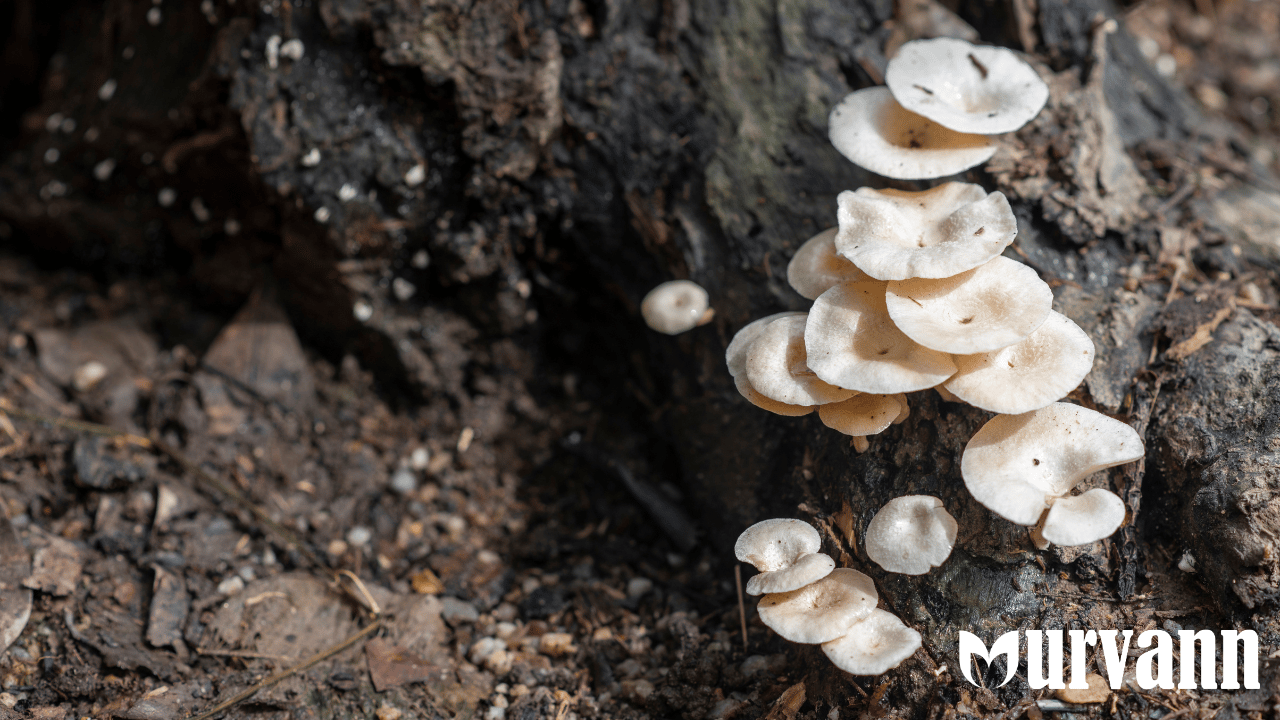Fungal diseases are a threat to your garden and can impact your vibrant green garden in no time. From fuzzy mold to mysterious leaf spots, fungal infections are sneaky invaders who might target your house plants when little things in the garden are left unobserved. So, if your plant is looking a little sad and droops suddenly, it’s not just asking for care but an immediate precaution. To make sure our garden stays safe, we are going to shed some light on common plant diseases caused by fungi, along with the common symptoms, learning which can save a green life.
First, let’s get to the basics!
What is Fungi?
Well, whenever we read about plants in textbooks, fungi are often described as microorganisms that play a helpful role in providing nutrients to the soil. But is that always the case?
Fungi have a dark side. When they act as pathogens, they become a major cause of plant diseases. These fungi target a plant’s weak spots, making it vulnerable to insect infestations or allowing the disease to spread throughout the crop. In this guide, you’ll become familiar with fungal diseases that could reach your home or kitchen garden, leaving you wondering.
Fact: The difference between fungi and fungus is only that fungi is the plural form of fungus.
A List of 10 Fungal Diseases in Plants
1. Downy mildews
It’s caused by water molds (oomycetes), which can wreak havoc on your garden if left unchecked. The first signs can usually appear as yellow or pale green spots on the upper side of leaves, while the underside develops a fuzzy, greyish or purplish mold. It is also named "downy" for the same reason. It thrives in cool, damp conditions, so some of the causes can be prolonged wetness of the plant due to overhead watering, or cultivating the varieties close, leading to high humidity.
Prevention Tip
To prevent it from spreading, keep leaves dry by watering at the base of plants, spacing them out for good air circulation, and avoiding overhead watering. Fungicide sprays can help in severe cases, but early detection is key.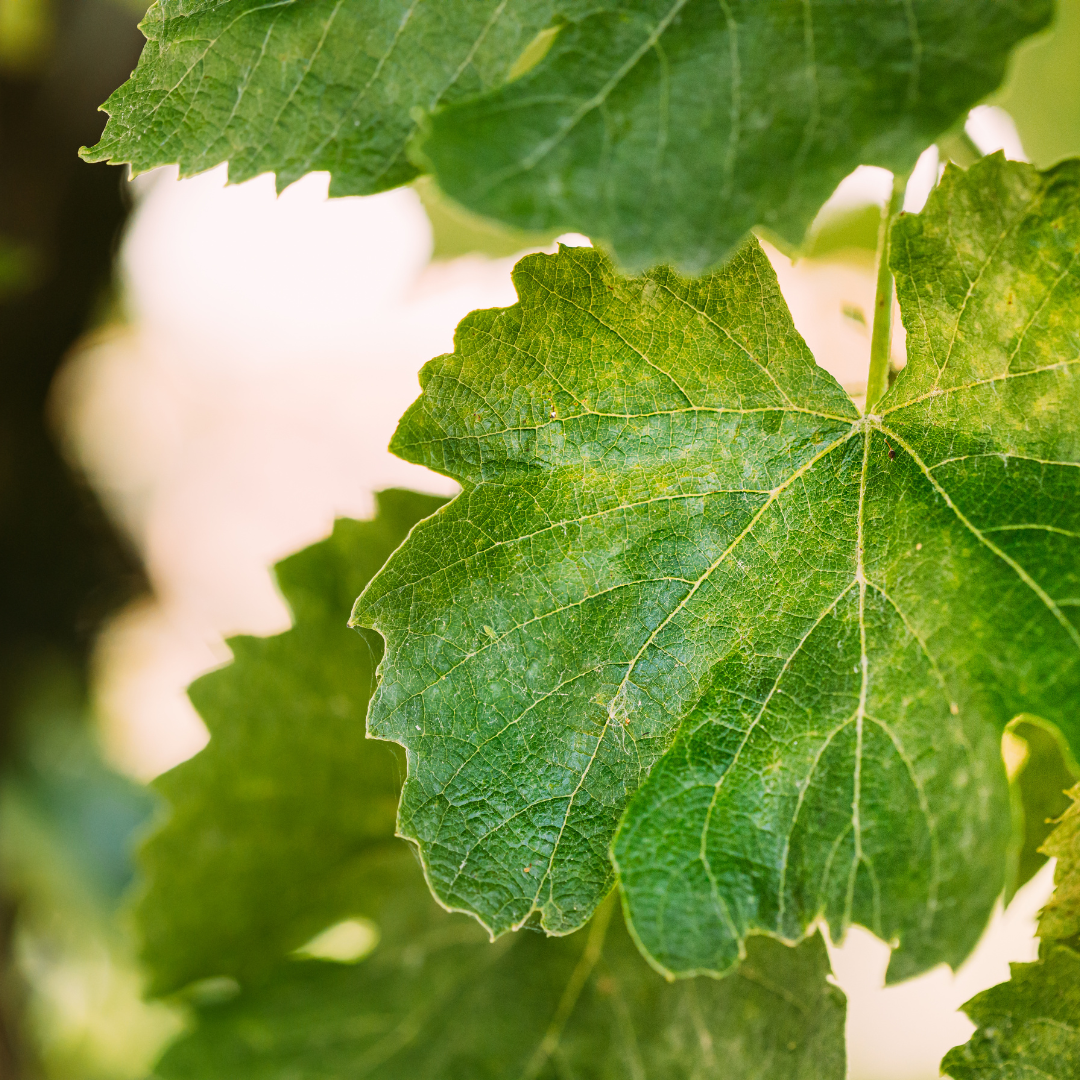
2. Powdery Mildews
Ever spotted greyish or white powdery matter on the surface of a plant’s leaves, stems, etc? Do not brush it off as a part of your plant’s growth, but it’s actually a sign of a fungal infection in plants. It can harm various ornamental plants like roses and vegetable plants like cucumber, melons, bittergourd, etc. Some of the early signs of this fungal infection in plants can be purple or white patches on the surface of the leaves. Soon, it spreads like a white coating on the surface of the leaf.
If your garden has faced this issue before, the fungus can easily return, either through spores lingering in the soil or spreading by wind to new plants growing in the same spot.
Prevention Tip
To prevent it, make sure that the plant is placed away from humidity. You can also use a slow-release fertiliser. In the early stages, prune the infected leaves of the plant to avoid further spreading. Another remedy is using sulphur-based fungicides or home remedies like baking soda and neem oil solution.
3. Snow Mold
Snow mold is a sneaky lawn disease that shows up after the snow melts—just when you thought winter was over! It creates circular, matted patches of grey mold on grass. Caused by fungi like Typhula or Microdochium, it thrives under snow cover where grass is trapped with moisture for too long. It usually occurs in regions like North America.
Prevention Tip
Mow your lawn short before winter, avoid piling snow on grassy areas, and rake out matted spots early in spring to boost airflow.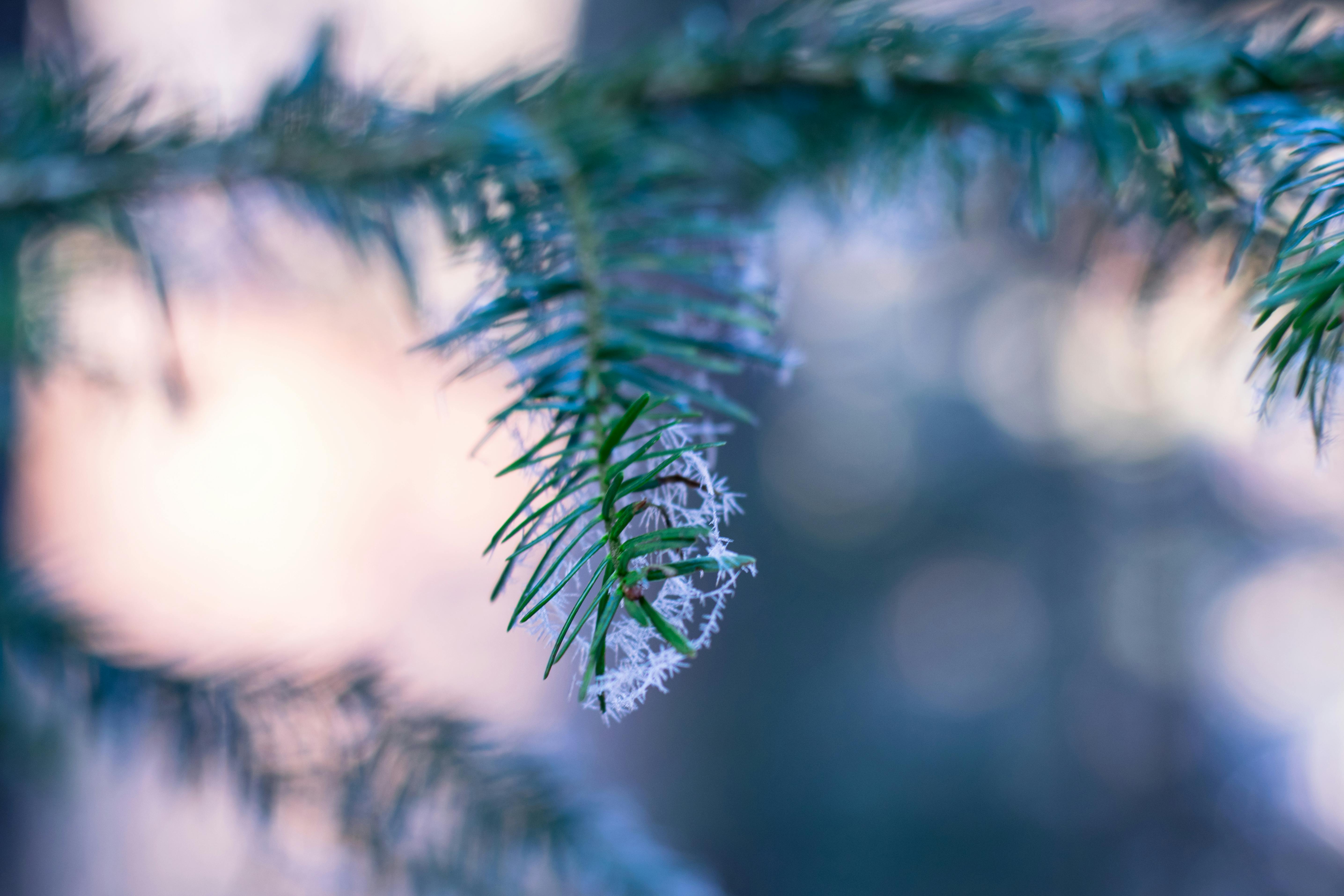
4. Sooty Mold
It is mango season, and let us tell you about what threatens our favourite fruit. Not to be confused with soot from your fireplace, sooty mold looks like black, powdery dirt on leaves. It doesn't attack the plant directly, but grows on sticky honeydew secreted by pests like aphids or whiteflies. The result? Blocked sunlight and reduced photosynthesis.
Prevention Tip
Control the pests causing the honeydew first, it can be done by neem oil solution, then gently wash the mold off with a damp cloth or spray.
5. Anthracnose
Anthracnose is one of the many diseases caused by fungi, primarily from the Gloeosporium and Colletotrichum species. Its first look is the emergence of dark, sunken lesions on leaves, stems, flowers, and fruits. It loves warm, wet weather and can leave your plants looking scorched and sad. Later, it can also impact a growing fruit by appearing as a dark rot spot, hence degrading its value. If you have planted fruits or vegetables in your garden, there is a chance that the disease can spread its wings if left unchecked for some time.
Prevention Tip
Prune and dispose of infected plant parts, rotate crops, and apply fungicide if outbreaks persist. Keep the other plants away from the affected varieties. 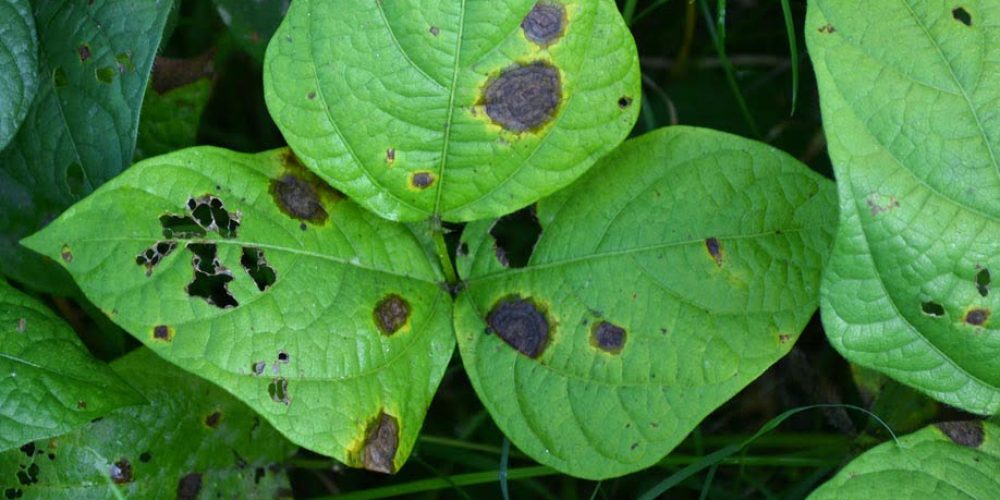
6. Botrytis rots
If you see a fuzzy, grey mold covering your flowers, fruits, or leaves, it means your garden has met another fungal disease named Botrytis. This moisture-loving fungus causes tissue to rot, especially in humid or poorly ventilated areas.
Prevention Tip
It's notorious for ruining strawberries, tomatoes, grape vines, etc. Improve airflow, remove decaying plant material promptly, and avoid overcrowding plants. We also recommend watering the soil deeply instead of overhead watering, which forms a water film on foliage, an easy invitation to this disease. 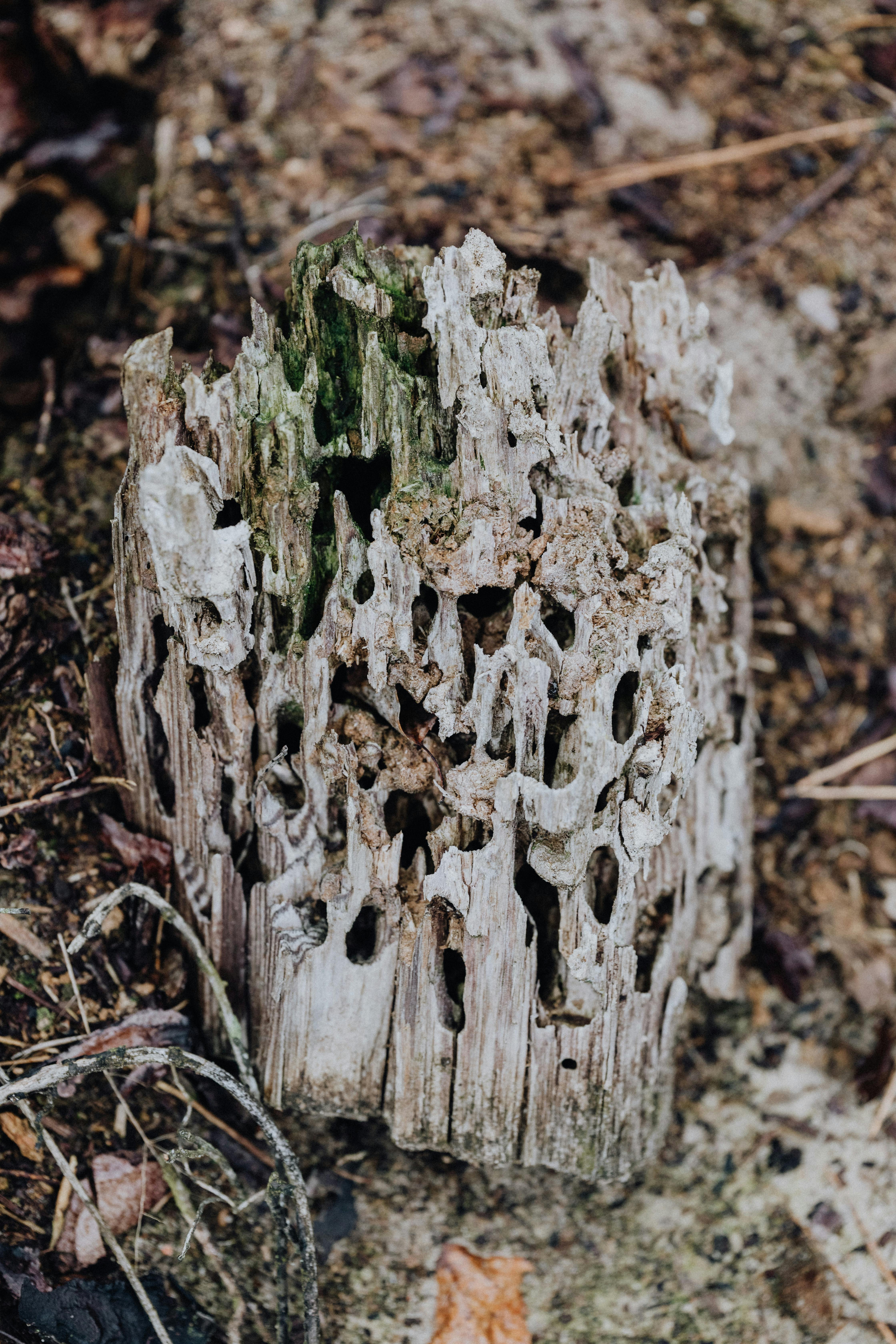
7. Fusarium Wilt
Wondering why your plant’s leaves look wilted during the hottest part of the day but bounce back by evening? While it might seem normal, this could actually be one of the early fungal disease symptoms in plants, specifically Fusarium Wilt. This stubborn disease is caused by a soil-borne fungus that invades the plant’s vascular system, blocking water flow and causing the leaves to wilt, yellow, and eventually fall off. It's a slow killer and can live in soil for years.
Prevention Tip
Take care of your plant and follow the preventive measures from the start. Buy good-quality seeds, and prepare well-draining soil. The best way is to use resistant plant varieties, rotate crops, and avoid overwatering. Unfortunately, once infected, removal is best.
8. Rusts
Yes, rust is a common plant disease, too. It comes in the same rusty, orange, or brown pustules on the undersides of leaves, weakening plants, and reducing growth. They’re common in ornamentals, vegetables, and grains, and if not checked, can spread like wildfire. While it does not kill the plant, it can reduce its ability to use its own resources and grow as a healthy plant.
Prevention Tip
The best way is to remove infected leaves and keep the plant away from the rest of your garden. It is also advisable to care for the plant since the very beginning; this way, proper nutrients supplied to the plant help it combat tough situations. 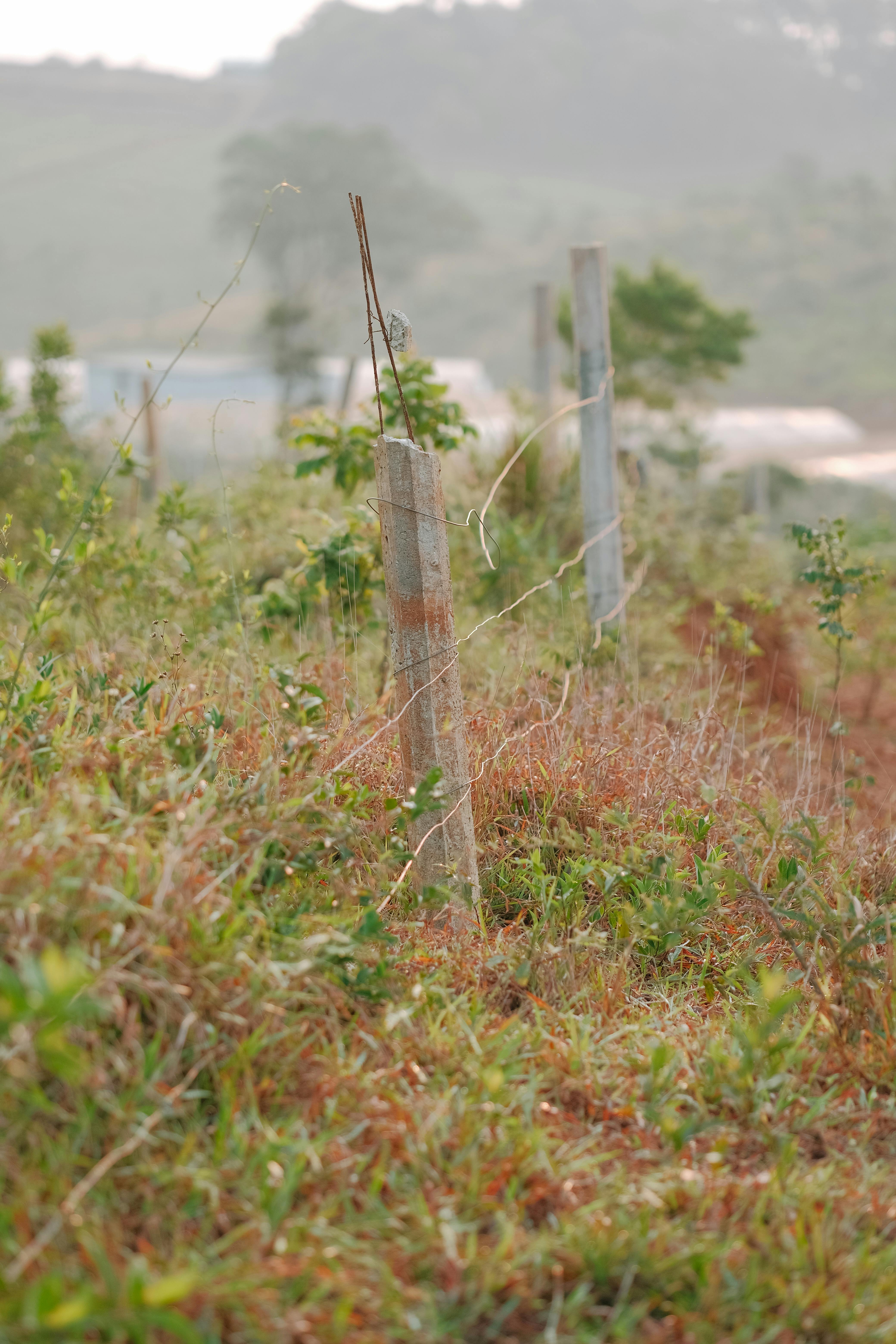
9. Corn Smut
This disease haunts the corn plantation. Corn smut is a fungal disease that causes swollen, greyish galls on corn ears, kernels, and stalks. It is caused by Ustilago maydis, which produces grey, weirdly infected galls. It is said that in some cultures, it’s considered a delicacy called “huitlacoche.”
Prevention Tip
The best way is to remove these outbursts in the early stages, before they take a distorted appearance. 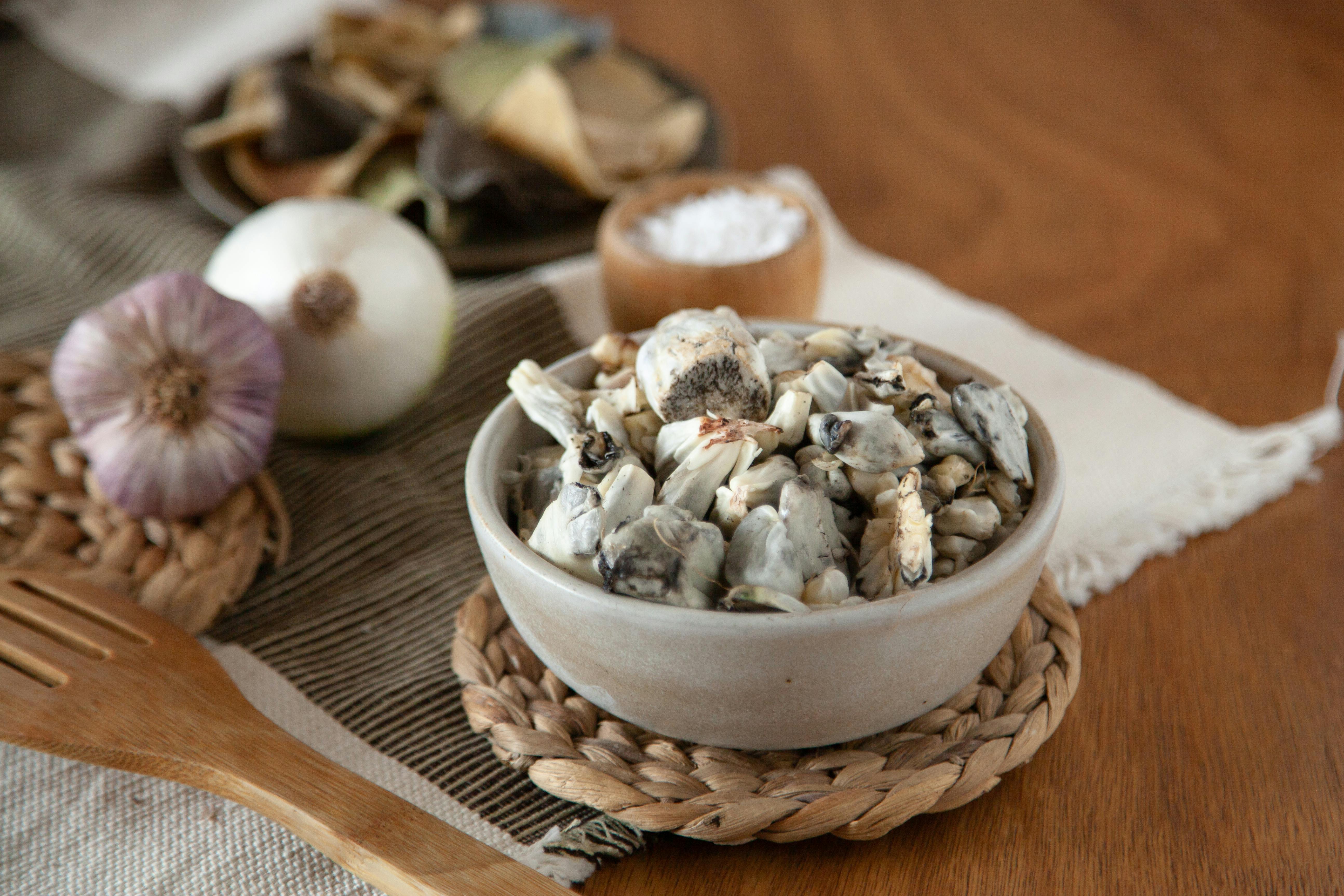
10. Leaf Blister
This kind of condition usually occurs in fern plants or woody plants. It is caused by the Taphrina species of fungi, and can give a swollen, crinkled look to the leaves. One can identify this condition by a bubble-like appearance on the surface of the leaves. It’s not a disease that is extremely fatal, but it can create a stress-like condition for the plant for a temporary period.
Prevention Tip
Rake and destroy fallen leaves, and apply fungicide in early spring before buds open.
It’s Time to Fight Back Fungi!
As a plant lover, there’s nothing more heartbreaking than watching your green haven turn into a playground for pests and disease. But the good news is, awareness is your first defence. Spotting early symptoms can save your plants and your peace of mind.
We hope this blog added some value to your plant-care journey. Feel free to share it with your plant-loving friends who are known for their lush, green spaces!
At Urvann, we’re building a community of gardening enthusiasts who believe in starting every day surrounded by greenery. Whether it’s a small plant by your window or a dreamy garden built with years of love, we see you, we celebrate you!
Join us on Facebook or Instagram, and subscribe to our mailing list for plant tips, updates, and exciting offers!
Frequently Asked Questions about Fungal Diseases in Plants
1. What are some common fungal diseases in plants?
Some of the common fungal diseases in plants can include blight, powdery mildew, downy mildew, leaf spot, rust, and anthracnose.
2. What are the different types of plant diseases?
There are different types of diseases found in plants. They are primarily classified into Fungal diseases, Bacterial diseases, Viral Diseases, and Nematode Diseases.
3. How can fungi cause plant diseases?
Fungi cause plant diseases by invading plant tissues and disrupting normal functions. They may enter due to high humidity, feed on plant nutrients, weakening or killing cells, and block water flow (like in Fusarium wilt).
4. How do we pronounce fungi correctly?
"Fun-guy" (like a funny person) – more common in American English."Fun-jee" – more common in British English.
5. What are some symptoms of diseases in plants?
Common symptoms of plant diseases include yellowing or browning leaves, wilting, even when the plant is watered, and leaf spots or blotches.


